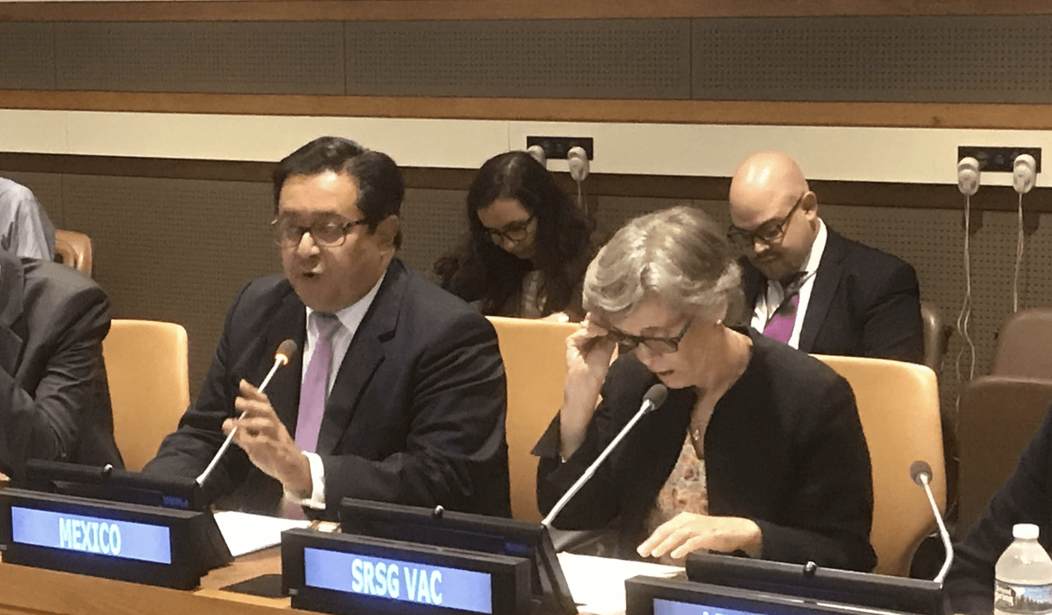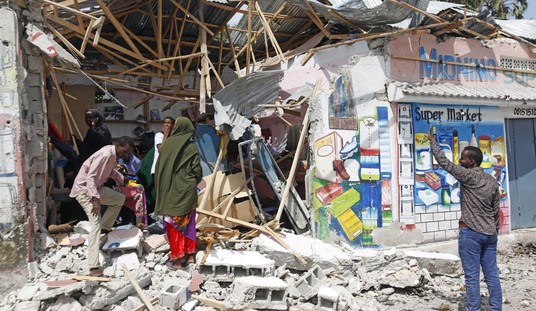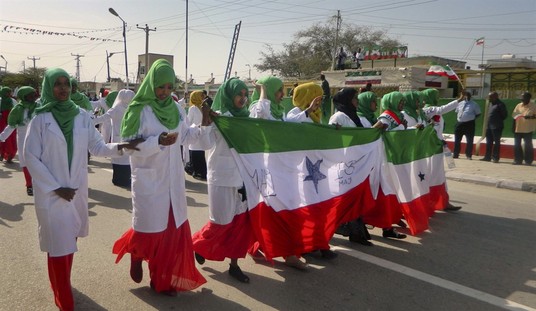A new United Nations report says nearly a third of kids have been bullied, with the UN’s special envoy on the issue pointing a finger at competitive school environments including sports that can lead to “humiliation, shaming and exclusion of those who fail to win.”
“Being protected from bullying is a fundamental human right,” Marta Santos Pais, special representative of the secretary-general on violence against children, said today at a UN headquarters event organized by Mexico and Lithuania.
The report released by the United Nations Educational, Scientific and Cultural Organization found that nearly one in three students has been bullied by peers at school on one or more days over the past month.
The rate of reported bullying is highest in the Middle East, North Africa and sub-Saharan Africa and lowest in Central America, the Caribbean and Europe. In North America, 31.7 percent of kids reported being bullied.
Thirty-six percent of students worldwide have been involved in a fight with another student, while 32.4 percent reported being physically attacked within the preceding 12 months.
“Globally, 16.1% of children who have been bullied say that they have been hit, kicked, shoved around or locked indoors,” says the report. “Sexual bullying is the second most frequent type of bullying. Globally, 11.2% of children who are bullied report being made fun of with sexual jokes, comments or gestures.” It added that 5.5 percent of children had been bullied by being “left out of activities on purpose or ignored.”
The report also addressed teens being bullied by teachers: “Among women aged over 15 years who had experienced physical violence, 6.2% in West and Central Africa and 5.1% in East and Southern Africa reported that the perpetrator was a teacher.” Corporal punishment by teachers is still allowed in 69 countries.
Though there aren’t consistent worldwide statistics about cyberbullying, the report calls it “low compared with other forms of school bullying and violence” but “an increasing problem.” In seven European countries, the percentage of kids ages 11-16 who reported being cyberbullied rose 5 points from 2010 to 2014.
“Girls and boys are equally likely to experience bullying. Globally, and in most regions, the prevalence of bullying is similar for female and male students; in the Middle East, North Africa, and the Pacific, boys are more likely than girls to be bullied,” the report continues. “Boys are more likely to experience physical bullying than girls, and girls are more likely to experience psychological bullying, particularly being ignored or left out or subject to nasty rumors. Girls are more likely than boys to experience bullying based on physical appearance. Girls report being made fun of because of how their face or body looks more frequently than boys in all regions, with the difference being particularly striking in Asia, the Caribbean and sub-Saharan Africa.”
“Globally, there are no major differences in the extent to which girls and boys are made fun of with sexual jokes, comments or gestures,” the report notes, though there are marked regional differences. Girls are more likely to be cyberbullied.
Children who are bullied are less likely to pursue post-secondary education and more likely to ditch classes. Achievement scores are also lower in math, reading and science among bullied students, the report added.
Lithuanian psychologist Robertas Povillatis said at the forum that his country “now has a museum of bullying” to show the behavior “must become a relic of the past.”
Santos Pais said ending bullying is a key priority for the UN goal of ending violence against children by 2030.
She noted that children who bully others are twice as likely than other children to have witnessed domestic violence at home.
“Exposure to toxic stress, domestic violence and a violent family environment has an irreversible impact on the development of very young children,” the special representative said, adding that “it contributes to normalize the use of violence.”
Santos Pais told the forum UN forum that “children are eager to see action to bring this manifestation of violence to an end.” The report is being presented to UN members by the secretary-general on Tuesday to determine steps that the world body may take.









Join the conversation as a VIP Member